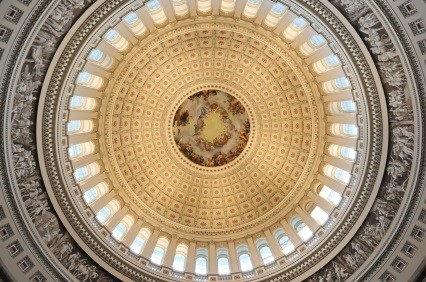Blog | Federal Investment
March 6, 2025
Updated February 9, 2018 │ Lynn Abramson, President & Andy Barnes, Program Manager, Clean Energy Business Network
Confused about all the buzz about the “budget,” “debt ceiling,” “tax extenders,” and “DACA?” Here’s the 101:
Since last fall, the federal government has been running on a series of “continuing resolutions,” or short-term funding measures that continue the prior year’s spending levels. Congress has been passing these incremental measures since Oct. 1, 2017 (when fiscal year 2018 began)—except for a brief government shutdown over one weekend in January.

Congress renewed the latest of these short-term funding measures on February 9 in the “Bipartisan Budget Act of 2018,” which also addressed top-line budget caps, the debt ceiling, and tax extenders.
How did the Bipartisan Budget Act of 2018 address key issues?
Many Democratic lawmakers were hoping to see action on immigration (specifically, resolution on Deferred Action for Childhood Arrivals, or “DACA”) as part of a budget deal. Immigration was one of many issues previously holding up consideration of a budget. The Bipartisan Budget Act did not address DACA, but Senate leadership has committed to opening debate on an immigration bill the week of February 12.
The full text of the Bipartisan Budget Act of 2018 can be accessed here.
On top of all this, the President’s budget request for fiscal year 2019 (which starts Oct. 1, 2018) was released on Monday, February 12—so Congress will begin examining that proposal while still wrapping up work on the current fiscal year.
If you’d like to help the CEBN make a final push for clean energy funding before Congress resumes consideration of appropriations in March, please sign onto our group letter.
Follow @l_abramson on Twitter to hear more from Lynn.
Follow the CEBN on Twitter, Facebook and LinkedIn to stay connected.
###
The Clean Energy Business Network (CEBN) works to advance the clean energy economy through policy, public education, and business support for small- and medium-size energy companies. Started in 2009 by The Pew Charitable Trusts, the CEBN is now a small business division of the Business Council for Sustainable Energy. The CEBN represents 3,000+ business leaders across all 50 U.S. states working with a broad range of clean energy and transportation technologies.